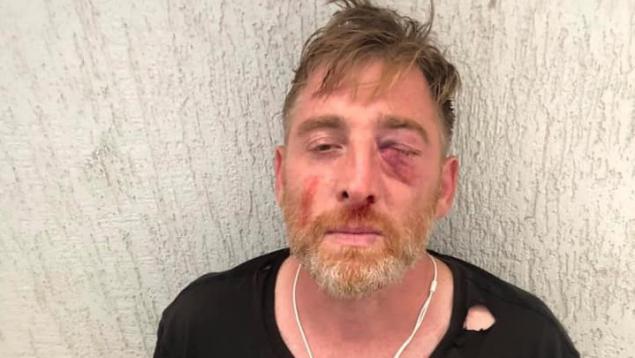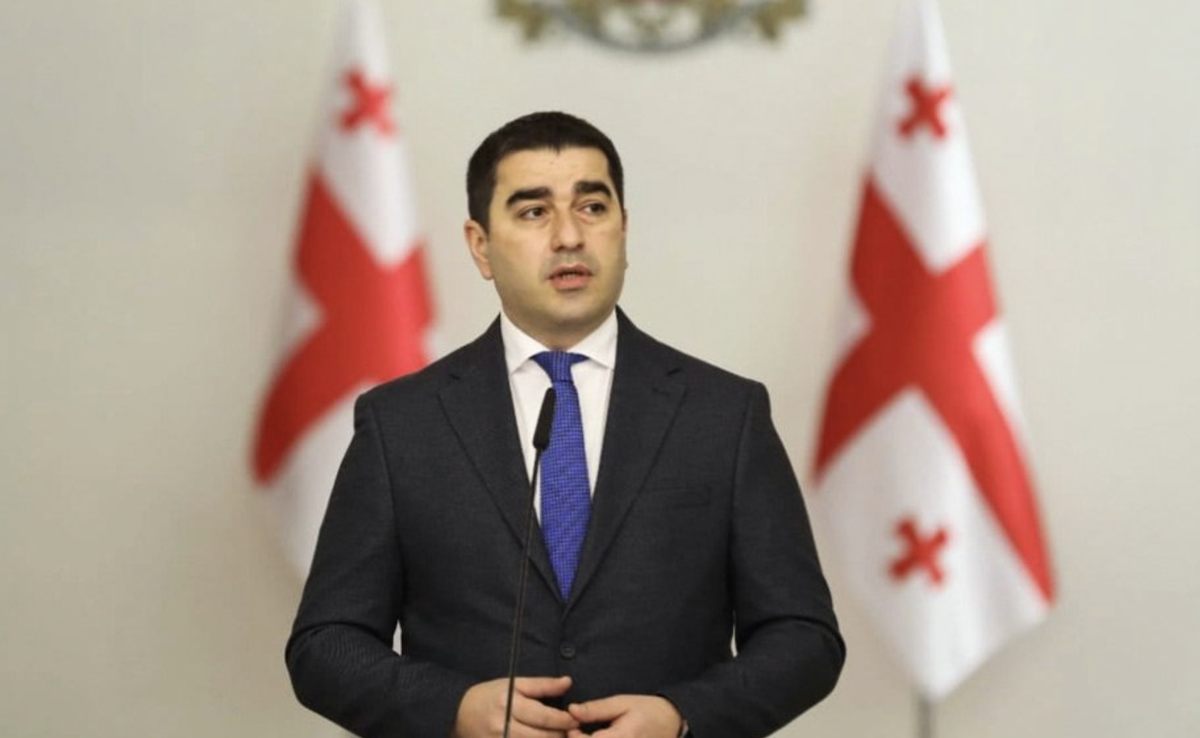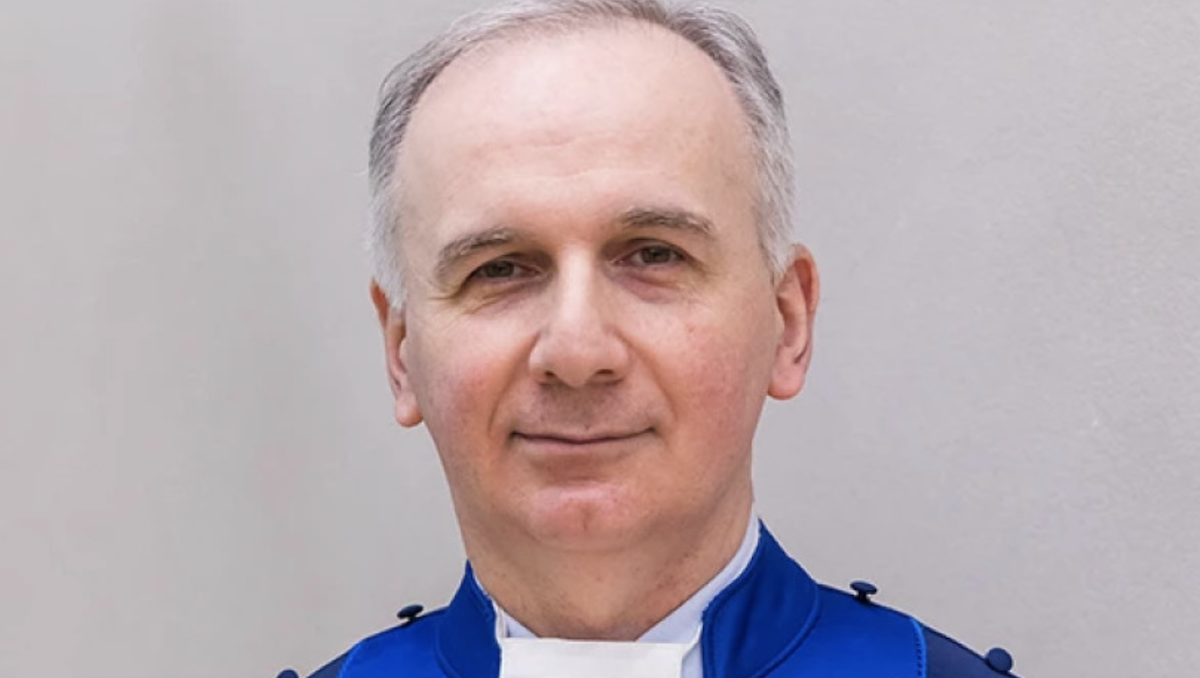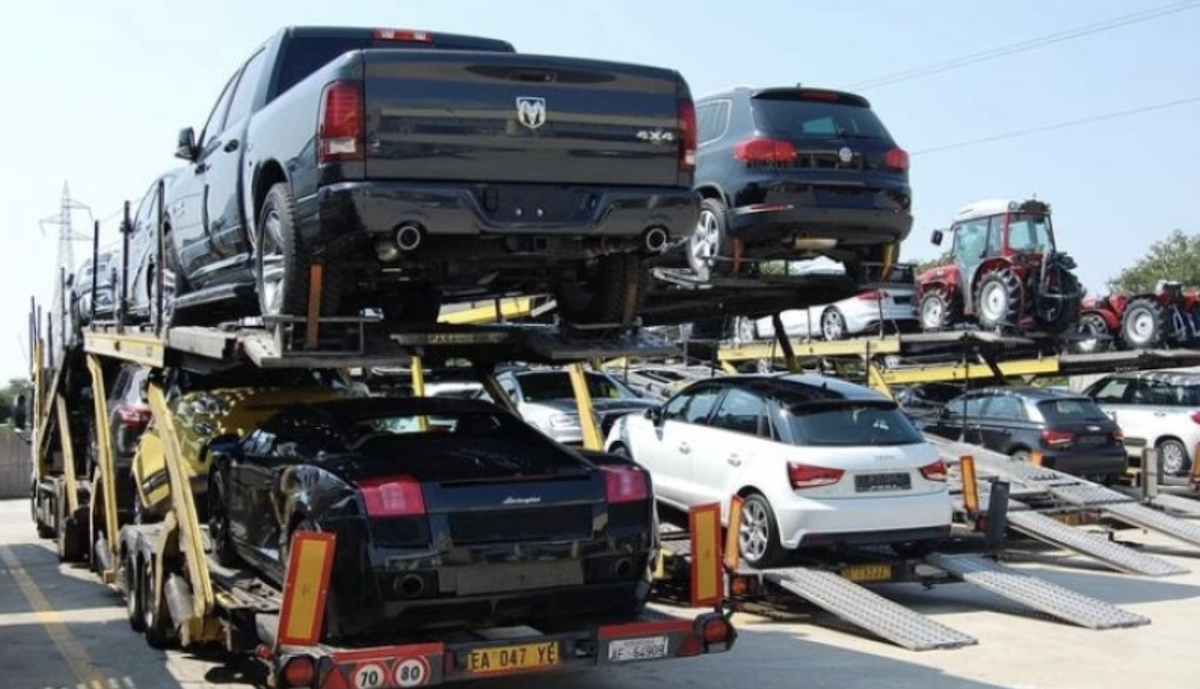Op-ed: Attack on Georgia’s ‘beacon of democracy’
Violence of opponents of Tbilisi Pride showed dangerous division within Georgian society
Recent rallies in Georgia – protests against LGBT pride and massive violence against journalists, once again showed how great the difference in worldviews between different groups in Georgian society is, especially among young people. On top of that, it became evident that groups which oppose LGBT rights, liberalism and the Western way of life are becoming more organized and more dangerous.
On July 5, groups of radical youth, led by priests and representatives of conservative, mostly pro-Russian, organizations, staged a real massacre in the center of Tbilisi.
In order to stop the Tbilisi Pride March of Dignity which never took place, the rioters beat up more than 50 journalists, a couple of passers-by who turned up and looked “wrong”. They even stabbed a Polish tourist who, fortunately, survived. As a culmination, they lowered and destroyed the EU flag in front of the parliament building.
How did this become possible in a country – an associated partner of the European Union, striving to become a member of the EU and NATO and at one time even recognized as a “beacon of democracy” in this difficult post-Soviet region?
Moreover, how was this possible when, according to polls, 70-80% of the country’s population supports integration into NATO and the EU.
In 2018, in the wake of the protests of the “club” youth that swept Tbilisi, I wrote about how these events showed the scale of the gap that arose in Georgia between representatives of the same generation.

Then on the street in front of the parliament came visitors to nightclubs, outraged by the raids of the security forces, accompanied by the unjustified use of force.
And hundreds of conservative-minded young people came out against the so-called rave protest, who threatened to crack down on the protesters outside the parliament. Why? Because they did not look and behave in the way that “true Georgians” should and that was a good enough reason for aggression?
It was then that it became clear how different worldviews and different versions of Georgia’s future collided with each other in the form of these two youth groups.
Those who were lucky to receive a normal education, to see other countries, to get into a progressive environment – they grew up as modern, successful people, quite on equal terms competing with their peers from developed countries.
And also – they got the skills of living in a modern democratic country, in particular, tolerance for minorities and respect for their rights.
Children who have not received a normal education, who grew up without one parent or parents (many families in Georgia live this way – parents leave to work abroad), who have fallen under the influence of overly conservative priests who inspire them with a wrong idea of the world around them – as a result, they grow up in such here are the zombies that run through the streets, thirsting for reprisal against everyone who looks wrong.
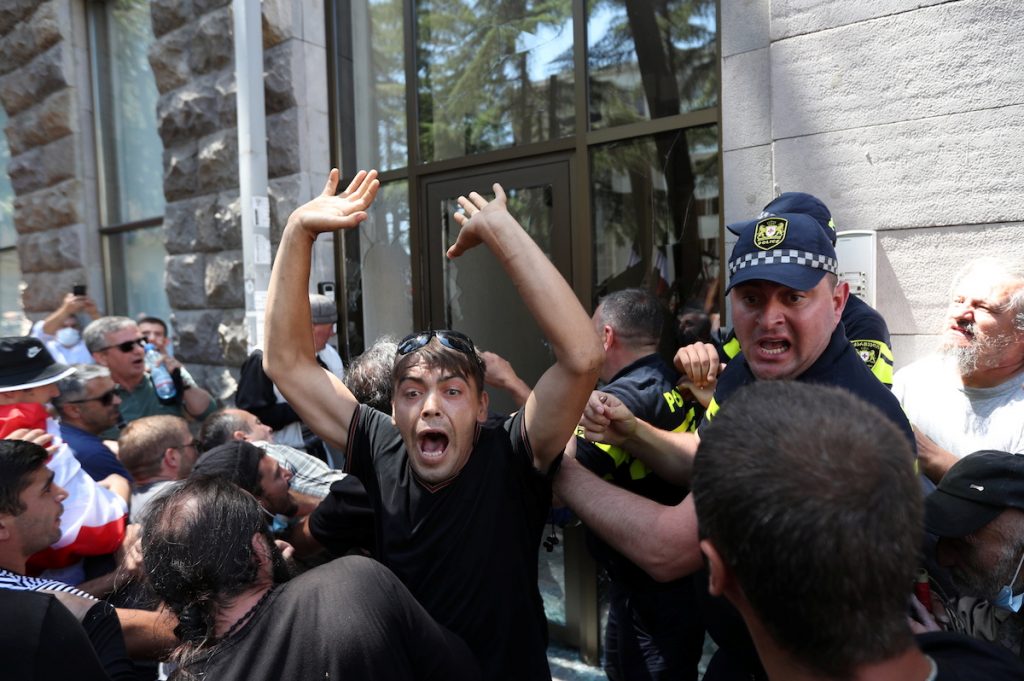
Yes, the crowd of Black Hundreds on July 5 was clearly organized – they were coordinated by people with radios, it was noticeable that many were brought to the capital in an organized manner from other areas.
But most of them truly believed that with their actions they were saving their homeland from something terrible. Namely – from the debauchery that Europe and the United States are carrying to Georgia, and which threatens Georgian identity.
Such hatred does not arise immediately and from scratch. It has been nurtured for years. Three years have passed since the “club protest”, and since then, groups that are called ultra-right or nationalists, although their ideological affiliation is rather controversial, have become more organized and dangerous.
The Georgian Dream party came to power in 2012. And since then, Russian propaganda in Georgia, organizations that directly or indirectly pursue the interests of the aggressor state, have actually been given the green light.
Since then, the state security service has been engaged not in identifying agents of influence of a neighboring state, but mainly in monitoring and persecuting the political opposition.
With the powerful support of influential church figures and the connivance of the formally pro-Western government, anti-Western, anti-liberal and openly pro-Russian forces have been active for years.
Including those targeting youth by means of using websites, social networks, video blogs and in a language understandable to this category of youth.
All this did not get into the “mainstream” media, so the pro-Western part of society simply did not see or notice all this propaganda. The pro-Western public simply missed the emergence of a dangerous, well-organized and motivated enemy. It turned out to be a surprise – like some kind of invasion of barbarians.
And the Georgian youth was divided into two different worlds, which almost did not touch each other. Some didn’t go to clubs, others didn’t go to church. Social networks give everyone the opportunity to close themselves in their information “bubble”. And friends, acquaintances, colleagues at school and work are mostly carriers of the same worldview.
On July 5, the collision of these two different worlds led to a tragedy. And it is unlikely to be the last one.










